Mi septembre, la nouvelle tombe. "le Mycophénolate Mofétil (Cellcept) est exclu du dispositif "tiers payant contre générique"".
Résultat du travail de "Renaloo", association de patients qui a su mobiliser son réseau et négocier avec l'ANSM et la CNAMTS...
C'est une première....mais ce genre de situation va probablement devenir de plus en plus courante.
A l'occasion de la WebTV que j'ai eu l'honneur d'animer sur BEPATIENT.fr : "Carte blanche" donnée aux "E Patientes" ( http://sco.lt/8VRpi5 ), j'ai pris le temps de compiler un certain nombre d'informations sur ce qu'on appelle les "E Patients" et ce mouvement connu désormais dans la santé comme le "Patient Empowerment".
On sait que la santé est un sujet très présent sur le web.
Avec plus de 30% de la population mondiale connectée (plus de 71% dans les pays développés), le web 2.0 compte maintenant plus de 100 000 000 de sites et plus d'un milliard d'utilisateurs .
La santé 2.0 en chiffres c'est plus parlant. Cela représente :
- 1/3 des recherches faites sur Google
- 20% des discussion dans les réseaux sociaux
Ce qui fait de la santé le second sujet le plus recherché/discuté sur le net.
E PATIENT : UN PHENOMENE AMERICAIN?
On peut penser que ce mouvement des E Patients est un phénomène anglo-saxon pour ne pas dire américain.
Le plus connu d'entre eux, E Patient DAVE (Dave de Bronkart), sexagénaire américain, est devenu le "fer de lance" de ce mouvement.
Diagnostiqué avec un cancer du rein en 2006, les médecins le laissent sans espoir de traitement. Alors Dave s'adresse au web, échange avec d'autres patients et apprend qu'il y a un traitement envisageable mais proposé uniquement par certains médecins.
Rentré en rémission, il décide de s'appuyer sur son expérience pour promouvoir une approche nouvelle de la santé. (une interview intéressante de E Patient Dave http://www.myfoxmaine.com/story/19595242/e-patient-dave-health-activist)
Le Patient EMPOWERMENT est né avec les différente définitions que l'on peut donner aux E Patients (bien résumé et étayé sur wikipedia http://bit.ly/GShDVf ).
Parmi d'autres celle qui fait l'unanimité est la définition élaborée par Tom Ferguson qui identifie les e-patients comme des individus équipés, capables, responsables et impliqués (equipped, enabled, empowered, engaged) dans leur état de santé et dans les décisions qui lui afférent.
L'étude américaine de PEW INTERNET (Social life of health information ( http://bit.ly/SxW4PK ) résume bien l'ampleur de ce phénomène aux Etats Unis.
- 80% des internautes ont cherché des informations santé sur le web
- 1/3 s'en sert pour évaluer et choisir leur médecin
- 60% reconnaissent que cela a affecté leur décision sur comment traiter leur pathologie
- 50% demandent alors un second avis médical après ces recherches
- 30% s'en servent pour décider d'aller consulter ou pas
- 30% l'utilisent pour comparer les options de prescription de traitement
Aux Etats Unis ou les professionnels de santé sont équipés à 80% de smartphones et à 60% d'IPAD, 40% d'entre eux reconnaissent aller consulter de l'information on-line PENDANT la consultation et 50% recommandent à leurs patients des sites à consulter (Manhattan Research)
Le mouvement est encore plus évident à la lecture de l'étude conduite par l'université californienne DAVIS (UC DAVIS Mai 2012 http://bit.ly/SxW4PS ) "The prepared patient" qui met en avant les attentes des E Patients :
- se tenir informé
- jouer un rôle actif dans ses soins
- franchir une étape difficile sur une question de santé
Cela pour autant qu'il soit question de défiance vis à vis des professionnels de santé
Par ailleurs, les patients reconnaissent qu'internet n'est pas la seule source d'information ; les amis, les émissions de télé, les ouvrages/revues/magazines.. sont aussi cités. D'ou l'importance de garder une présence sur les médias "off-line".
Dans cette étude, enfin, il est précisé que :
- 70% des patients discutent avec leurs médecins de l'information collectée.
- 40% l'impriment afin d'en parler avec leur médecin
- 50% déclarent suite à cette recherche avoir au moins une question à poser à leur médecin.
ET EN EUROPE ?
En Europe, les études et la prise de conscience se développent.
Dans son étude "Citizen Health Europe", Manhattan Research dresse en 2010 un état des lieux précis de la situation.
Premier constat, il y aurait 76 millions de E Patients en Europe !!
Parmi les motivations qui induisent à s'adresser au web les 3000 patients interrogés dans les 5 plus gros pays européens, on retrouve :
- discuter/rechercher les informations obtenues lors de la consultation
- utiliser internet pour rechercher des symptômes/diagnostic (le fameux phénomène "Dr Google")
- challenger le diagnostic
- demander un changement de traitement
L'étude conduite en 2010 par IMR international "Europe Social Media in healthcare" quant à elle précise les motivations des internautes pour discuter de la santé sur les réseaux sociaux.
- 32% veulent trouver une expérience sur le traitement qu'ils prennent
- 31% pour trouver de l'expérience sur la maladie qu'ils ont
- 16% pour partager de l'expérience/maladie
- 13% pour partager de l'expérience/traitement
EN FRANCE ?
C'est ainsi qu'en France l'étude IPSOS "Public affair 2010" nous révèle que que la santé est la 7ème raison de consulter le web (en France).
Et lorsque l'on regarde les sites consultés/moyens utilisés (Etude GFK 2010 http://bit.ly/PxRc0c ) :
- 81% passent par les moteurs de recherche
- 68% par des sites spécialisés type "Doctissimo" ou "AZ Santé"
- 40% vont sur les forums de discussion
- 38% sur les encyclopédies libres (Wikipédia, ..)
Par contre :
- seuls 12% vont sur les sites de labo
- 11% sur des blogs médecins
- 10% sur des blogs de patients
- 10% sur les sites d'associations de patients
- 8% sur les réseaux sociaux
Quant on sait qu'un site comme Doctissimo génère environ 8 à 10 millions de visiteurs uniques par mois, le Ministère de la santé a décidé face à ce phénomène de conduire une étude avec des sociologues en 2010.
La conclusion est sans appel sur le sujet :
Les auteurs précisent qu'il s'agit là de la "CONSTRUCTION D'UN SAVOIR PROFANE PRATIQUE, COMPLEMENTAIRE DU SAVOIR EXPERT DES MEDECINS".
Le phénomène est tel que le CNOM (Conseil National de l'Ordre des médecins) a réagit en conduisant cette enquête avec IPSOS ( http://bit.ly/PjIRtd ) qui nous donne les chiffres pour la France :
- 71% des internautes français recherchent des informations santé sur le web
- 7 internautes sur 10 qui font ces recherches ne font pas la différence entre sites certifiés ou non
- 62% des français consulteraient le site/blog de leur médecins si celui-ci en avait un
- 34% des internautes qui cherchent sur le net disent en parler avec leur médecin (le deux tiers des patients ne discutent pas avec leur médecins des informations repérées en ligne)
Cela a d'ailleurs conduit le CNOM a inciter sur son site les médecins à se pencher sur ce phénomène pour :
- Développer le conseil du médecin dans la recherche d’information santé.
- Faire d’Internet un outil au service de la relation médecins-patients
- Créer un label ordinal pour les sites publiés par des médecins.
ET ALORS ?
And so what??
Comment prendre en compte cette évolution parmi les acteurs du système de santé?
Et oui.. pas facile quand notre culture et notre cadre réglementaire ne nous permettent pas d'avoir un échange directe avec les patients.
Pas facile de passer d'une cible de 200 000 médecins (grosso modo) à près de 45 millions d'individus (juste pour la France)
Pas facile de passer d'un mix promo ou la visite médicale est omniprésente (près de 60% du budget) et le digital quasi absent (moins de 1%)
C'est le "business model" en entier qu'il faut repenser et les organisations qui vont avec....
L'orientation client ne doit plus être une intention... mais devenir une réalité du quotidien...avec la difficulté, certes majeure, de définir ce CLIENT.
Prescripteurs? Dispensateurs? Payeur? Patient?...Lequel choisir? Y en a t il qu'un? ou plusieurs? quel poids donner à chacun?
J'entends souvent, et à juste titre, dire par les acteurs (laboratoires, grossistes, pharmaciens,..) que le Patient est "AU COEUR DE NOS DÉMARCHES"...
Pour les marketeurs (futurs "chef de clients"?? :-)), cela doit se traduire par une cartographie du parcours client...peut être effectivement tournée autour de ce parcours.
Prenons le pari qu'à chaque étape du parcours patient (prévention, symptôme diagnostique annonce,analyses, prescription, dispensation, observance, suivi...que sais je?? selon les pathologies) nous repensons nos démarches marketing en mettent au coeur le patient et la notion de service client et de valeur ajoutée...
Et pourquoi ne pas considérer désormais nos clients historiques ou les nouveaux acteurs comme des partenaires ayant eux aussi pour client le Patient?
Peut être faudrait il dans un premier temps accompagner ce changement dans la relation médecin/patient?
Pour conclure je reprendrais un post récent d'Alex Butler, PDG de "The social Moon", gourou du digital pharma et ancien de J&J, qui s'interrogeait sur la pertinence de continuer à utiliser le terme de E-Patient.
En effet, à partir du moment ou tous les patients ou presque, vont sur le net peut être faut il juste les appeler PATIENTS...au même titre qu'on ne précise plus le terme 'numérique" quant on parle d'appareil photo...
Ça y est Pharma... tu en sais un peu plus sur les E Patients.
J'espère que cela t'aura intéressé.
Pour finir, je citerais Len Starnes, autre gourou du digital pharma et ex Bayer...qui écrivait dans une présentation destinée à la pharma:
"Fish where the fishes are"
(Peches là ou sont les poissons)
A bon entendeur
Lionel REICHARDT
Le Pharmageek






 Your new post is loading...
Your new post is loading...




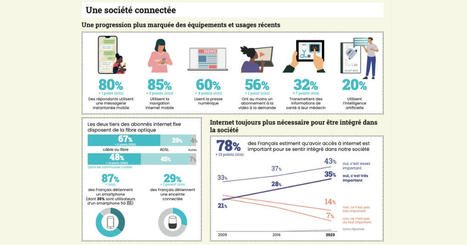

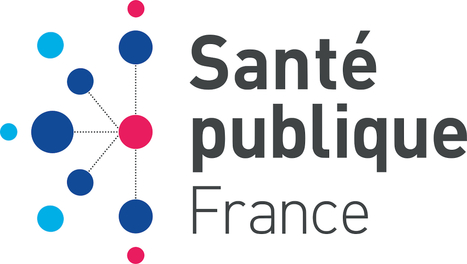

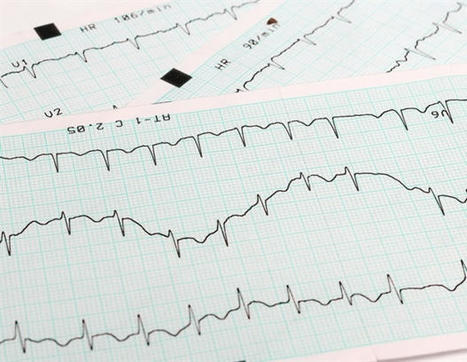




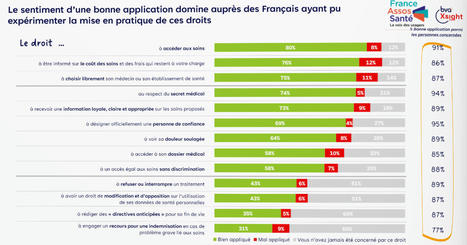


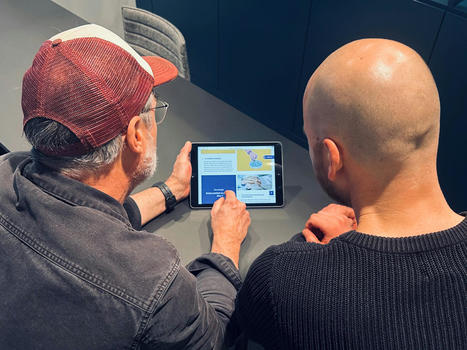








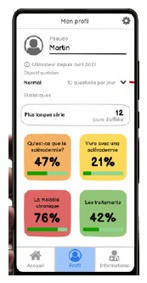


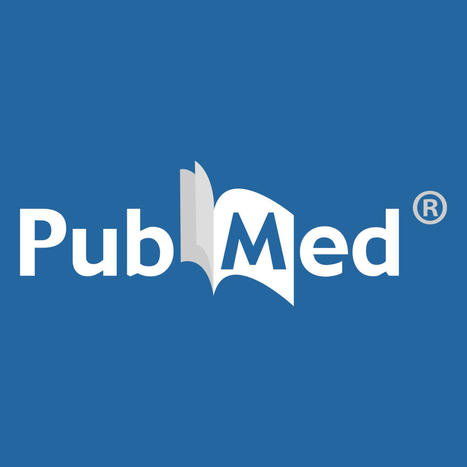






Great Intention and surprising action, just to step ahead from an health insitution in the world of online health activities. It seems to be a good example, but I wished to be enabled to a closer inspection ;-)